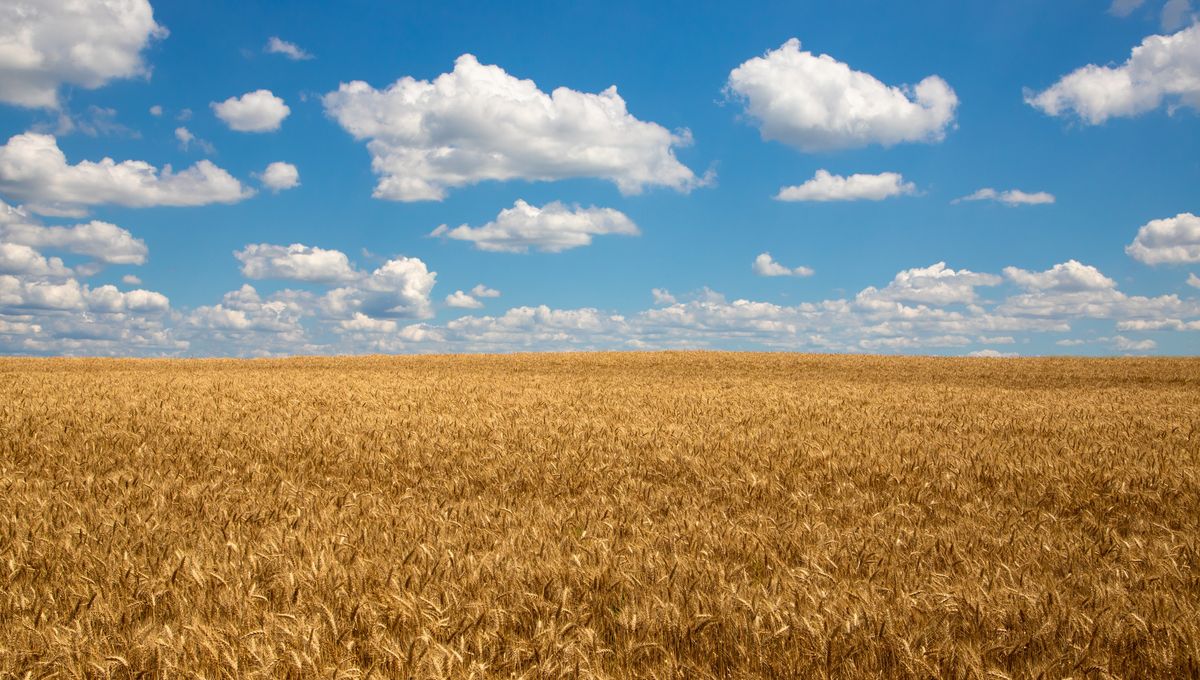
A sampling of the upper troposphere has detected a wide array of microbial species, some of them human pathogens. Many of these organisms were found to be killed by the cold, exposure to increased radiation, or lack of food. However, some proved disturbingly resilient, and able to travel great distances and survive.
Carl Sagan dreamed of life forms in the cloud tops of Jupiter, carried on the giant planet’s powerful winds. Few take the idea seriously today, but there are still some who hold out hopes for Venus, existing in the area where the baking heat below cools off.
One way to know the prospects for this is to determine whether life can sustain itself at high altitudes on Earth. The ultimate test may be the stratosphere or mesosphere, but a Spanish-Japanese collaboration decided to start a little lower, harvesting life forms from the upper troposphere over Japan. They found a wide range of microbial species, although most of them were dead.
The troposphere is the lowest level of the atmosphere, stretching from ground level to around 18 kilometers (11 miles) up. Meteorologists found this excessively broad and created a subdivision called the planetary boundary layer, or peplosphere. This is the region where the air’s behavior is closely influenced by the surface, for example through heat rising from the ground, or turbulence as wind passes over rough terrain.
We know life thrives in the peplosphere – think birds and flying insects for a start – but what about above that? The height of the planetary boundary layer varies depending on the land below, but over Japan, it is between 1,000 and 3,000 meters (3,281 to 9,843 feet) above sea level, so sampling was conducted during 10 flights above that level.
More than 266 genera of fungal species were collected hanging onto aerosols during those missions, along with 305 bacterial genera, showing conditions beyond the peplosphere are biologically diverse. We weren’t just seeing organisms that thrive in extreme conditions like Deinococcus radiodurans.
Interesting as this abundance is, the main concern is the presence of potential pathogens, which could disperse across the planet using high-altitude winds.
Indeed, many pathogenic bacteria, such as the familiar E. coli and various Staphylococcus species were among those the flights collected. When the samples were cultured, many of the species collected were found to be viable, despite the conditions they had endured.
We already know damaging organisms can attach themselves to dust particles and float from Africa to the Caribbean, where they can damage coral reefs. However, prior to this research, it was not known if this was an exception, or if something similar is widespread.
The organisms found in this study are thought to have been lifted from East Asia by the pressure system known as the Siberian High. It is considered likely that most came from an agricultural region of north-east China. At 2,000 kilometers (1,243 miles) away from where the organisms were detected, this is by far the longest transport reported of species harmful to humans.
Although the authors acknowledge that the study “does not necessarily prove causality between the presence of known human pathogens in bioaerosols and health effects,” their work raises the possibility that poor disposal of sewage could cause disease outbreaks at great distances.
The authors also note a greater abundance of species that inhabit the human mouth and intestine in April than February, but would need more flights to determine a true annual pattern. Moreover, fungi that opportunistically prey on us were widespread in both months.
The study is published in Proceedings of the National Academy of Sciences.
Source Link: Bacteria And Fungi Detected Surviving Beyond Earth’s Planetary Boundary Layer